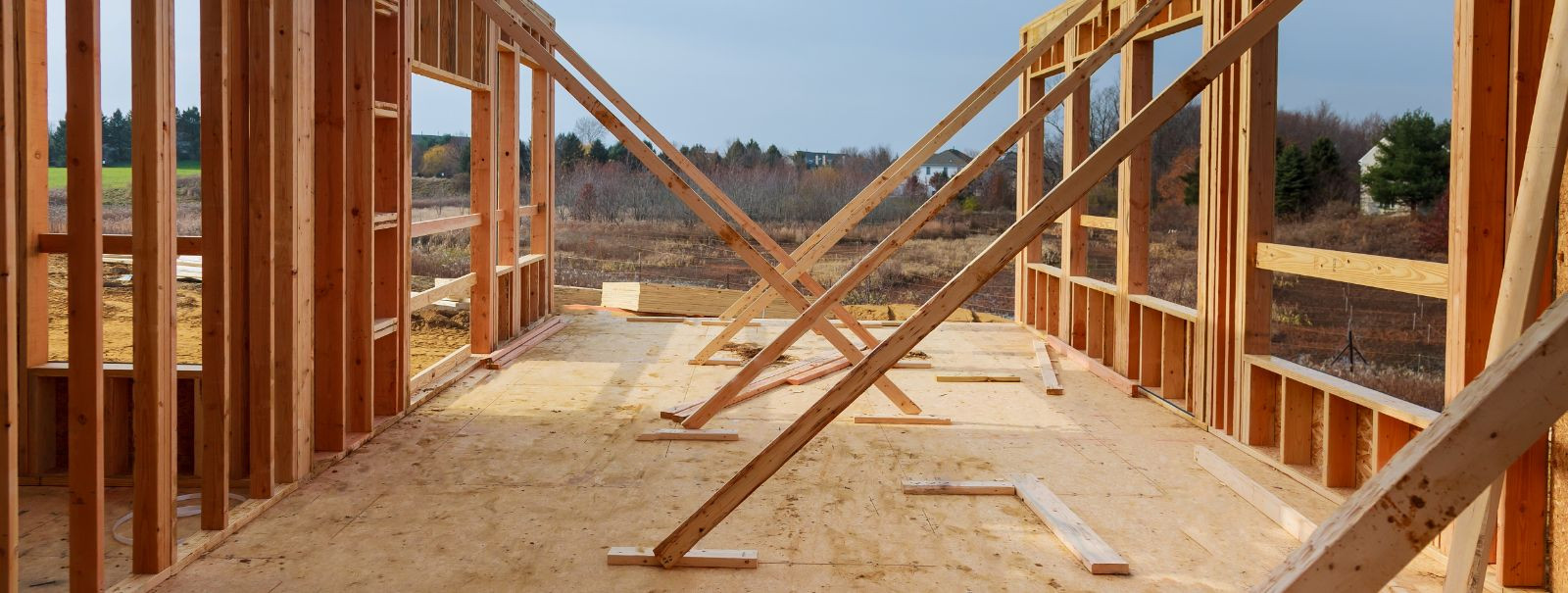The art of wooden frame construction: a sustainable choice
Wooden frame construction is not a novel concept; it has a rich history that dates back millennia. From the traditional Japanese timber framing to the balloon framing of the American frontier, wood has been a trusted ally in building shelters and structures. Its enduring presence in architecture speaks volumes about its reliability and versatility.
In recent years, there has been a resurgence in the use of wood for construction, driven by a growing awareness of sustainability and environmental concerns. Wooden frame construction, with its low carbon footprint and renewable nature, stands at the forefront of this green building revolution.
The Benefits of Wooden Frame Construction
Wood is a natural, renewable resource that can be sustainably harvested and managed. Its use in construction significantly reduces the environmental impact compared to traditional materials like concrete and steel.
Wooden structures are inherently energy-efficient, providing natural insulation that can reduce heating and cooling costs. This thermal performance is a key factor in the growing popularity of wooden frame construction.
The versatility of wood allows for a wide range of architectural styles and designs, enabling builders and architects to push the boundaries of creativity and innovation.
Wooden frame buildings can be erected much faster than those made of other materials, leading to reduced labor costs and quicker occupancy.
When considering the entire lifecycle of a building, wooden frame construction emerges as a cost-effective option due to its durability, low maintenance requirements, and energy efficiency.
Understanding the Wooden Frame Construction Process
The choice of wood is critical in ensuring the strength and longevity of a structure. Factors such as wood species, grain, and treatment play a significant role in the performance of the wooden frame.
Designing a wooden frame structure requires careful consideration of load-bearing capacities, building codes, and aesthetic preferences. It is a delicate balance between form and function.
Advancements in construction techniques have allowed for greater precision and efficiency in wooden frame construction. Techniques such as platform framing and post-and-beam construction are commonly used today.
Proper insulation is paramount in maximizing the energy efficiency of a wooden frame building. Innovations in insulation materials and methods contribute to the sustainable credentials of wood construction.
With proper maintenance, wooden frame structures can last for generations. The key is to protect the wood from moisture, insects, and decay through design strategies and regular upkeep.
Wooden Frame Construction and the Environment
Wood is one of the few building materials that is truly renewable. Sustainable forestry practices ensure a continuous supply without depleting natural resources.
Wooden frame buildings act as carbon sinks, storing carbon dioxide absorbed by trees during their growth. This helps mitigate the effects of climate change.
Wood construction generates less waste compared to other building methods. Excess materials can often be repurposed or recycled, further minimizing environmental impact.
The lifecycle of a wooden frame building is a testament to its sustainability. From cradle to grave, wood has a lower environmental burden than many other construction materials.
Choosing the Right Partner for Your Wooden Frame Project
When embarking on a wooden frame construction project, it is crucial to choose a partner with the right expertise and experience. A seasoned builder will navigate the complexities of design and construction, ensuring a high-quality outcome.
A construction partner that shares your commitment to sustainability will prioritize eco-friendly practices throughout the building process, from material selection to waste management.
The final quality of a wooden frame structure is a reflection of the craftsmanship involved. Attention to detail and a dedication to excellence are hallmarks of a reputable construction firm.






Comments (0)